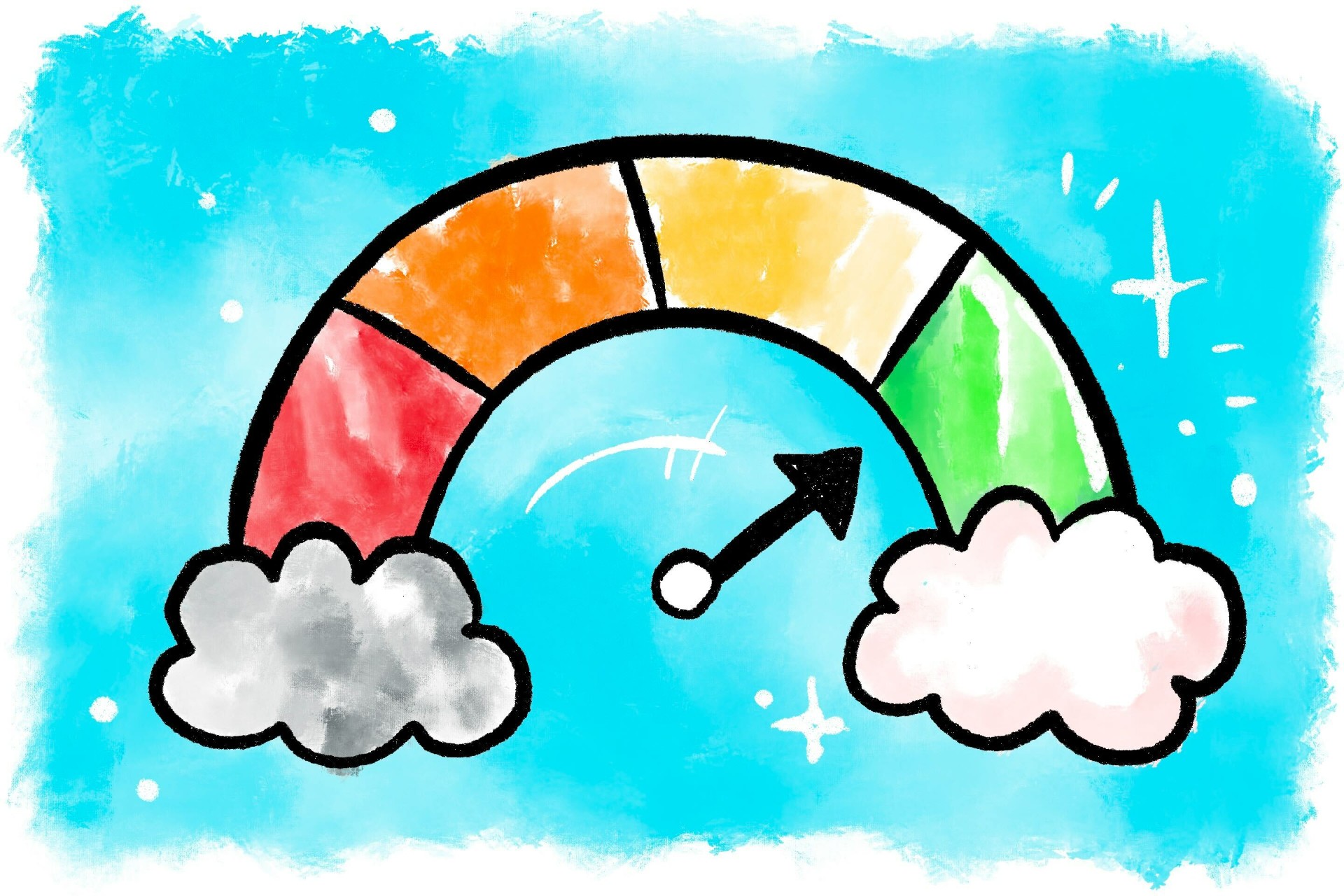Hi y’all —
This is a sequel to last week’s newsletter, which was a timely investigation into why politicians text everyday folks like you and me to beg for campaign donations. (TL;DR: They need money, and all those tiny contributions make them look good.) If you missed it, check out the piece here.
Now that we know the why, it’s time to focus on the how. Let’s say those overly dramatic requests from Donald Trump, Kamala Harris and their respective supporters worked, and I’ve been convinced to throw the 2024 presidential candidates a few bucks. What next?
I talked to experts to put together a brief list of what to know before making a political donation for the first time. Here’s what they said.
-
There’s a limit
Under federal law, an individual can give a candidate committee — which, as you’d expect, is the official committee behind a specific candidate — up to $3,300 per election. Shanna Ports, senior legal counsel in campaign finance at the nonpartisan Campaign Legal Center, says that because the presidential race involves both a primary and a general election, you can technically contribute as much as $6,600.
This is a direct contribution, meaning that money “goes right to the candidate the person likes, and the candidate can use that money to run their campaign however they see fit,” Ports says.
An individual can also give a political action committee (or PAC) as much as $5,000, a state/district/local party committee $10,000, and a national party committee $41,300 per year.
-
It’s public record
Conor Dowling, a political science professor at the University at Buffalo, says that you can generally give up to $50 anonymously to a candidate. Over that amount, he adds, there are more “stringent reporting requirements.”
When a campaign has to report to the Federal Election Commission, it will put your name and mailing address on file for donations in excess of $50. Over $200, it’ll have to disclose your name, mailing address, occupation and employer.
“A contribution is, by federal law, public under certain conditions,” says Jennifer Heerwig, a political sociologist at Stony Brook University. “It's not like a vote where you go into the voting booth and vote for the candidate you want and nobody ever knows.”
Anyone can look up FEC reports. Depending on your lifestyle, having your contributions attached to your name might be undesirable — or, in extreme cases, come back to bite you. Recently, for instance, reporters dug up Trump’s $6,000 donation to Harris’ re-election campaigns for California attorney general in 2011 and 2013 — contributions that weren't necessarily notable at the time but have taken on new meaning now that they’re running against each other for the presidency.
-
You have options
You don’t have to give directly to a candidate in order to make an impact. Heerwig says it’s common for first-time donors to use platforms like ActBlue and WinRed, which she calls “conduits for donations.”
ActBlue supports Democrats, WinRed supports Republicans, and both are intended to make it easier for folks to donate money. With sleek websites and shareable links, they offer you the opportunity to donate a sum to a cause, ballot initiative or movement. Often, Ports says, you can make one contribution to a bundle of candidates with a shared mission, and the website will divide that money up among them. (Note that both platforms report all donations, even ones under the aforementioned $50 threshold.)




 Maxed-out cards, late payments… life throws shade at your credit sometimes. But all is not lost! Our credit repair partners can help pump up your score over time. They’re able to negotiate with creditors on your behalf, craft a battle plan and get you on the path to financial freedom. With any luck, things will go ~swimmingly~ again soon.
Maxed-out cards, late payments… life throws shade at your credit sometimes. But all is not lost! Our credit repair partners can help pump up your score over time. They’re able to negotiate with creditors on your behalf, craft a battle plan and get you on the path to financial freedom. With any luck, things will go ~swimmingly~ again soon.

